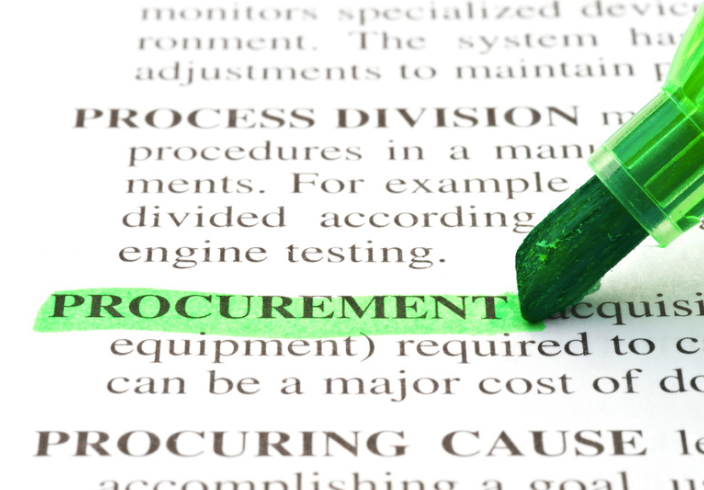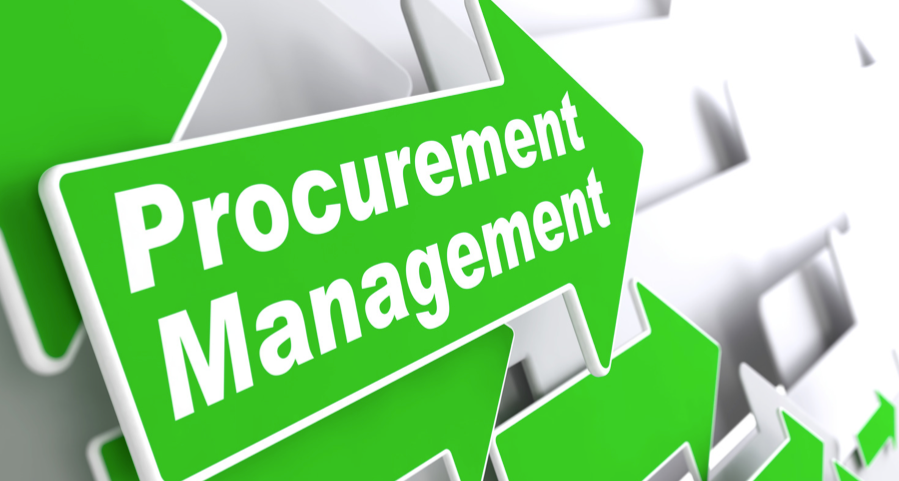Professional Guide To: What Is Procurement Management
- Derek Thompson
- Jun 20, 2022
- 5 min read
Updated: Jul 3, 2022

Introduction
Procurement is an essential component of any business. For the continued operation a company has to buy goods or services. In fact, poor purchasing practices can lead to delays in approving applications, missed payments, and higher costs if they are not properly managed. A well-functioning procurement software program can be the most effective approach for your business.
This article will cover all aspects of the procurement management process including its purpose and importance.
There is a growing need to simplify internal business operations to keep up with the ever-changing demands of a competitive marketplace. Time and money are two resources that no company wants to squander, and yet many companies still cling to inefficient workflow patterns and manual procedures.
There are several opportunities to enhance productivity throughout an enterprise. A corporation should routinely assess its procurement management processes in order to identify opportunities for improvement and sources of waste. When assessing the effectiveness of a company's procedures, a project manager may look closely at the way that the company handles its purchases. As a result of the crucial role that procurement management plays in a company's bottom line, this is the case.
What Is Procurement

Let's start off with a reminder of what procurement and procurement process is. Procurement is the process of acquiring goods or services from an external source. Procurement generally refers to the act of purchasing goods and services that a company needs to produce a product or service, but it can also refer to the acquisition of finished goods that are ready to be sold to customers. You Can Read our Article on "What is Procurement" here.
Introduction to What Is Procurement Management
Procurement Management ensures proper acquisition of all material products and services for efficient and successful project and process management. Purchase refers to purely transactional transactions involving the buyer/seller. However, the purchase process is often difficult and involves multiple platforms execution for the procurement team. The organization can manage procurement by minimizing the costs and enhancing efficiency. It offers access to crucial vendor information and products, and enables a transparent buying process through payment.
Why is Procurement Management Important?
Supply assurance is arguably the biggest challenge a chief procurement officer faced over the last 12 months. Without effective procurement management, your company may have difficulty in getting the goods or services they need quickly or efficiently. Think about the situation in which one major supplier goes bankrupt or cannot meet delivery dates. Eventually the situation may affect operations at the firm and result in the loss of customers. The effective procurement management system for purchasing vendors contracts and payments is essential for managing supply-chain risks and ensuring business continuity.
How to Start Procurement Management
There are a few things that a company can do to get started with procurement management.
The first step is to develop a Procurement Policy. This document should outline the company's objectives with respect to procurement, as well as its policies and procedures for procurement teams. The Procurement Policy should be reviewed and approved by senior management before it is implemented as this will essentially outline the procurement process.
The second step is to create a Procurement Process Plan. This document should detail the specific actions that will be taken by procurement teams in order to achieve the objectives outlined in the Procurement Policy. The Procurement Process Plan should be reviewed and updated on a regular basis.
The third step is to appoint a Procurement Manager. This individual will be responsible for overseeing the day-to-day operations of the procurement process and lead the procurement management process. The Procurement Manager should have a solid understanding of the company's Procurement Policy and Procurement Process Plan.
The fourth step is to establish relationships with suppliers. The procurement team should develop relationships with a number of reputable suppliers. These suppliers should be able to provide the company with the goods and services that it needs in a timely and cost-effective manner.
The fifth step is to implement Procurement software along with procurement management systems for the procurement team. This software will help the procurement team to automate its operations and improve its efficiency. Any ability to automate aspects of the procurement process and/or the procurement management process should be compelted.
Procurement management is a critical function in any organization. By taking the time to establish a Procurement Policy, create a Procurement Process Plan, and appoint a Procurement Manager, a company can ensure that its Procurement Department is able to operate effectively. In addition, by establishing supplier relationships and implementing a Procurement management system, a company can further improve its Procurement management process.
How Can Procurement Management Increase Efficiency?

By its very nature, procurement management is designed to increase efficiency. Procurement managers are responsible for ensuring that the Procurement Department runs smoothly and efficiently. In order to do this, they must have a solid understanding of the Procurement process and be able to identify and implement best practices.
One of the ways in which managers can increase efficiency is by streamlining the Procurement process. Procurement software can be used to automate many of the tasks associated with Procurement, such as requesting quotes from suppliers, issuing purchase orders, and tracking deliveries. By automating these tasks, Procurement managers can free up their time to focus on more strategic tasks. Contract management software can also help in organizing critical supply agreements and procurement contracts.
Another way in which managers can increase efficiency is by establishing supplier relationships. By working closely with a limited number of suppliers, managers can develop a better understanding of their needs and expectations. This, in turn, can lead to more efficient Procurement processes, procurement activities, and improved quality of products or services.

What Is Procurement Management Challenges
Procurement management requires a clear process for ensuring that a complete system works smoothly. However, there are no procurement processes that can be completely free from error. The most frequently encountered procurement process problems include a lack of time for manual processing a company’s invoice. In comparison, companies who use automated processes take five to almost 90 percent of their time — and require 45-day processing. How to overcome procurement challenges is important.
What Are Some Examples Of Procurement Management Software?
There are a number of different Procurement management software packages that can assist in the procurement process available on the market. Some of the most popular Procurement management software packages include Oracle Procurement Cloud, SAP Ariba, and Coupa Procurement.
These Procurement management software packages offer a variety of different features to automate procurement activities, such as the ability to request quotes from suppliers, issue purchase orders, and track deliveries. In addition, many Procurement management software packages also offer ways to do vendor management, rick management, store procurement documents, track procurement performance and more.

Conclusion:
In conclusion, procurement management is an important, end to end, process within the procurement function. It's the higher level, 30,000 foot view of how to get from point A to point B. Procurement leadership need to understand this process very well, and it's benefits, to guide procurement professionals towards impactful outcomes that leverage the business unit for the better.







Comments